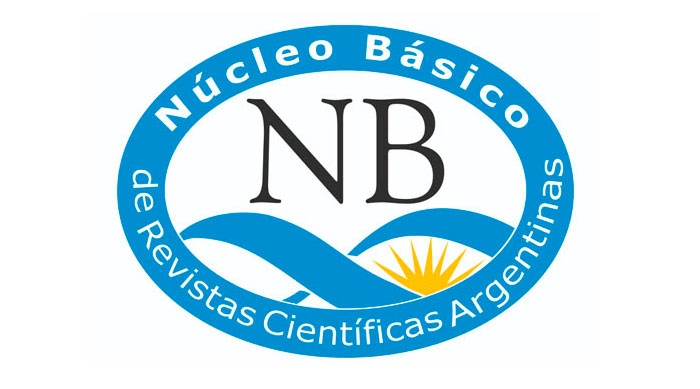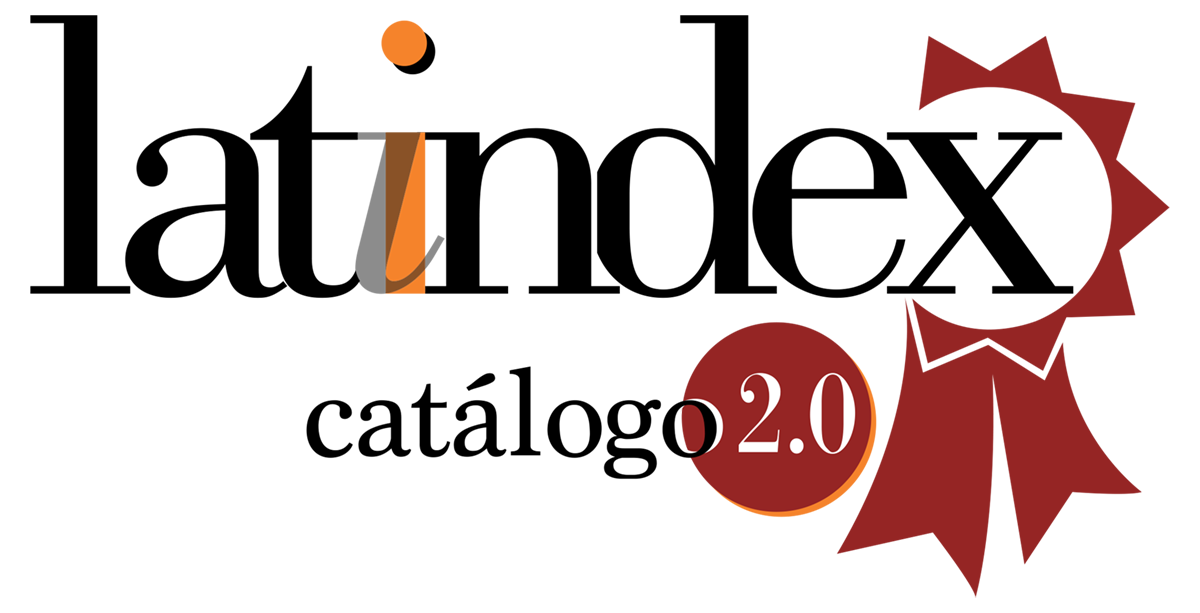Automatic detection of martian seismic events using a single-component reduction algorithm
Abstract
We analyze the effectiveness of three STA/LTA-type automatic seismic event detection methods when applied to synthetic Martian seismograms in the framework of the Preparing for InSight project. The seismograms used correspond to a short-period, three- component velocity sensor. Due to the presence of significant ambient noise and other associated seismic events, the signal-to-noise ratio (S/N) of the data is considerably low. In this context, to improve the effectiveness of the detection methods, an algorithm is proposed to reduce the information contained in the three components of the seismogram to a single time series with a higher S/N ratio than that of each component separately. This also allows minimizing the computational cost and the ambiguities that could arise when performing the detection of each component separately. We analyze the effectiveness of the detection methods based on the number of correct detections obtained when using the reduced seismogram or the original seismograms separately. In addition, we compare the results with those obtained by other authors (Géoazur group) who used the same data. The comparison was first performed component by component, yielding a maximum coincidence of about 20 % with the events detected by the Géoazur group. This percentage rose to 30 % after applying the detection methods to the seismogram generated by the one-component reduction algorithm. These results represent a significant improvement in the effectiveness of the detection methods tested.
Downloads
References
Allen, R. V. (1978). Automatic earthquake recognition and timing from single traces. Bulletin of the Seismological Society of America, 68(5), 1521–1532. https://doi.org/10.1785/BSSA0680051521
Banerdt, W., Smrekar, S., Lognonné, P., Spohn, T., Asmar, S., Banfield, D., Boschi, L., Christensen, U., Dehant, V., Folkner, W., et al. (2013). InSight: A discovery mission to explore the interior of Mars. Lunar and Planetary Science Conference, número 1719, 1915.
Clinton, J. F., Giardini, D., Lognonné, P., Banerdt, B., van Driel, M., Drilleau, M., Murdoch, N., Panning, M., Garcia, R., Mimoun, D., et al. (2017). Preparing for InSight: An invitation to participate in a blind test for Martian seismicity. Seismological Research Letters, 88(5), 1290–1302. https://doi.org/10.1785/0220170094
Earle, P. S. & Shearer, P. M. (1994). Characterization of global seismograms using an automatic-picking algorithm. Bulletin of the Seismological Society of America, 84(2), 366–376. https://doi.org/10.1785/BSSA0840020366
Gómez, A. R. (2022). Detección automática de eventos sı́smicos marcianos. Tesis de grado, Facultad de Ciencias Astronómicas y Geofı́sicas, Universidad Nacional de La Plata. http://sedici.unlp.edu.ar/handle/10915/135425
Gómez, A. R. & Velis, D. R. (2021). Preacondicionamiento de datos sı́smicos 3C para mejorar la relación señal/ruido y favorecer la detección automática de eventos. Libro de resúmenes de la XXIX reunión cientı́fica de la Asociación Cientı́fica de Geofı́sicos y Geodestas (AAGG2021), 178.
Kulhánek, O. (1990). Anatomy of Seismograms: For the IASPEI/Unesco Working Group on Manual of Seismogram Interpretation. Elsevier.
Lognonné, P., Banerdt, W. B., Giardini, D., Pike, W., Christensen, U., Laudet, P., De Raucourt, S., Zweifel, P., Calcutt, S., Bierwirth, M., et al. (2019). SEIS: InSight’s seismic experiment for internal structure of Mars. Space Science Reviews, 215(1). https://doi.org/10.1007/s11214-018-0574-6
Rolly, L., Ambrois, D., Chèze, J., Peix, F., Alemany, H., Mercerat, D., Balestra, J., Deschamp, A., & Twardzik, C. (2019). Contribution of Géoazur to the InSight blind test.
Sabbione, J. I., Rosa, M. L., Velis, D. R., & Sabbione, N. C. (2011). Análisis comparativo de diferentes métodos de picado automático de fases en terremotos registrados en la Estación Sismológica de La Plata (LPA). Geoacta, 36(2), 189–209.
Sabbione, J. I. & Velis, D. R. (2010). Automatic first-breaks picking: New strategies and algorithms. Geophysics, 75(4), V67–V76. https://doi.org/10.1190/1.3463703
van Driel, M., Ceylan, S., Clinton, J. F., Giardini, D., Alemany, H., Allam, A., Ambrois, D., Balestra, J., Banerdt, B., Becker, D., et al. (2019). Preparing for InSight: Evaluation of the blind test for Martian seismicity. Seismological Research Letters, 90(4), 1518–1534. https://doi.org/10.1785/0220180379
Downloads
Published
How to Cite
Issue
Section
License

This work is licensed under a Creative Commons Attribution-NonCommercial-ShareAlike 4.0 International License.
Starting in 2022 (Vol. 43 number 2) articles will be published in the journal under a Creative Commons Attribution-NonCommercial-ShareAlike 4.0 International license (CC BY-NC-SA 4.0)
According to these terms, the material can be shared (copied and redistributed in any medium or format) and adapted (remixed, transformed and created from the material another work), provided that a) the authorship and the original source of its publication (journal and URL of the work), b) is not used for commercial purposes and c) the same license terms are maintained.
Prior to this date the articles were published in the journal under a Creative Commons Attribution license (CC BY)
In both cases, the acceptance of the originals by the journal implies the non-exclusive assignment of the economic rights of the authors in favor of the editor, who allows reuse, after editing (postprint), under the license that corresponds according to the edition.
Such assignment means, on the one hand, that after its publication (postprint) in the GEOACTA Magazine of the Association of Geophysicists and Geodesists, the authors can publish their work in any language, medium and format (in such cases, it is requested that it be recorded that the material was originally published in this journal); on the other, the authorization of the authors for the work to be harvested by SEDICI, the institutional repository of the National University of La Plata, and to be disseminated in the databases that the editorial team considers appropriate to increase visibility. of the publication and its authors.
Likewise, the journal encourages the authors so that after their publication in the Journal of the Association of Geophysicists and Geodesists, they deposit their productions in other institutional and thematic repositories, under the principle that offering society scientific production and Unrestricted academic scholarship contributes to a greater exchange of global knowledge.
















